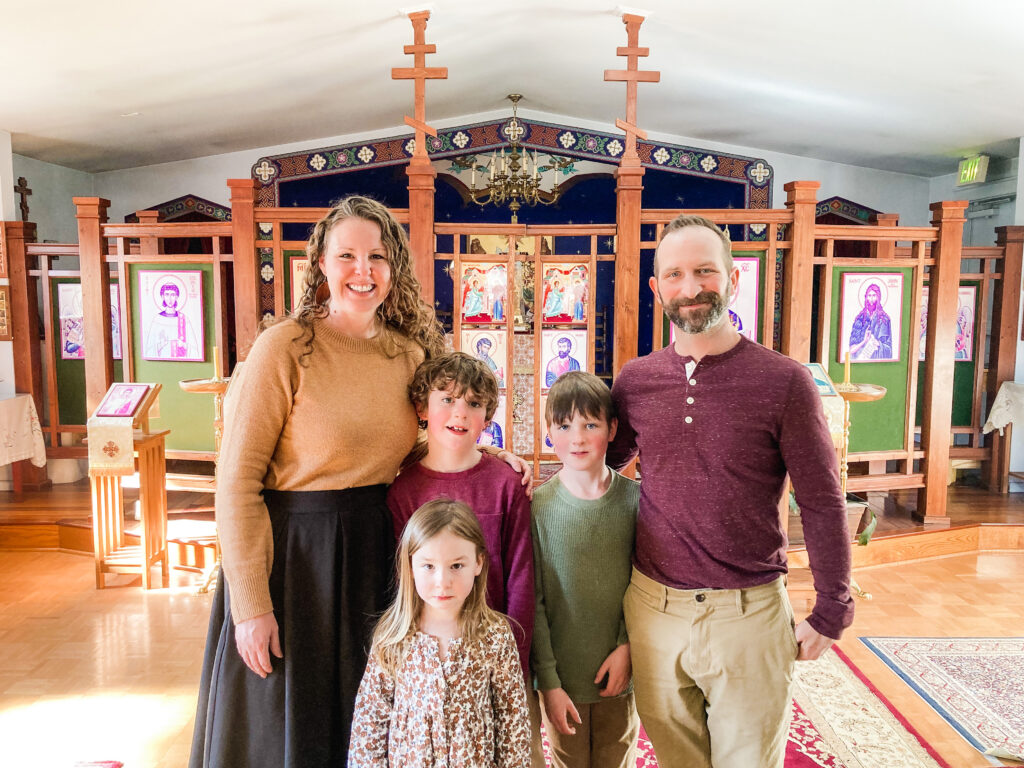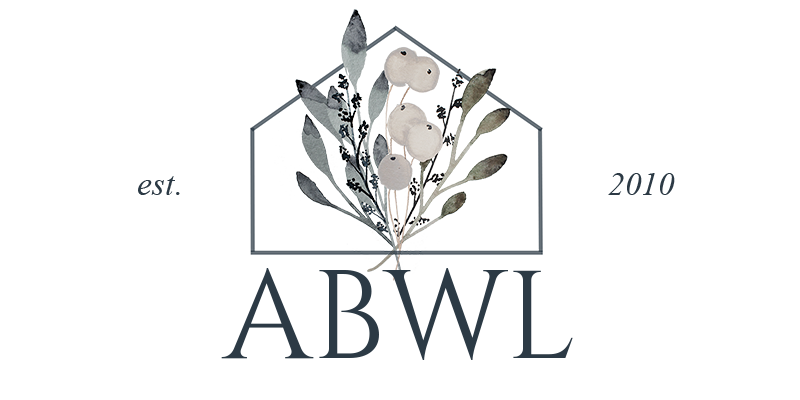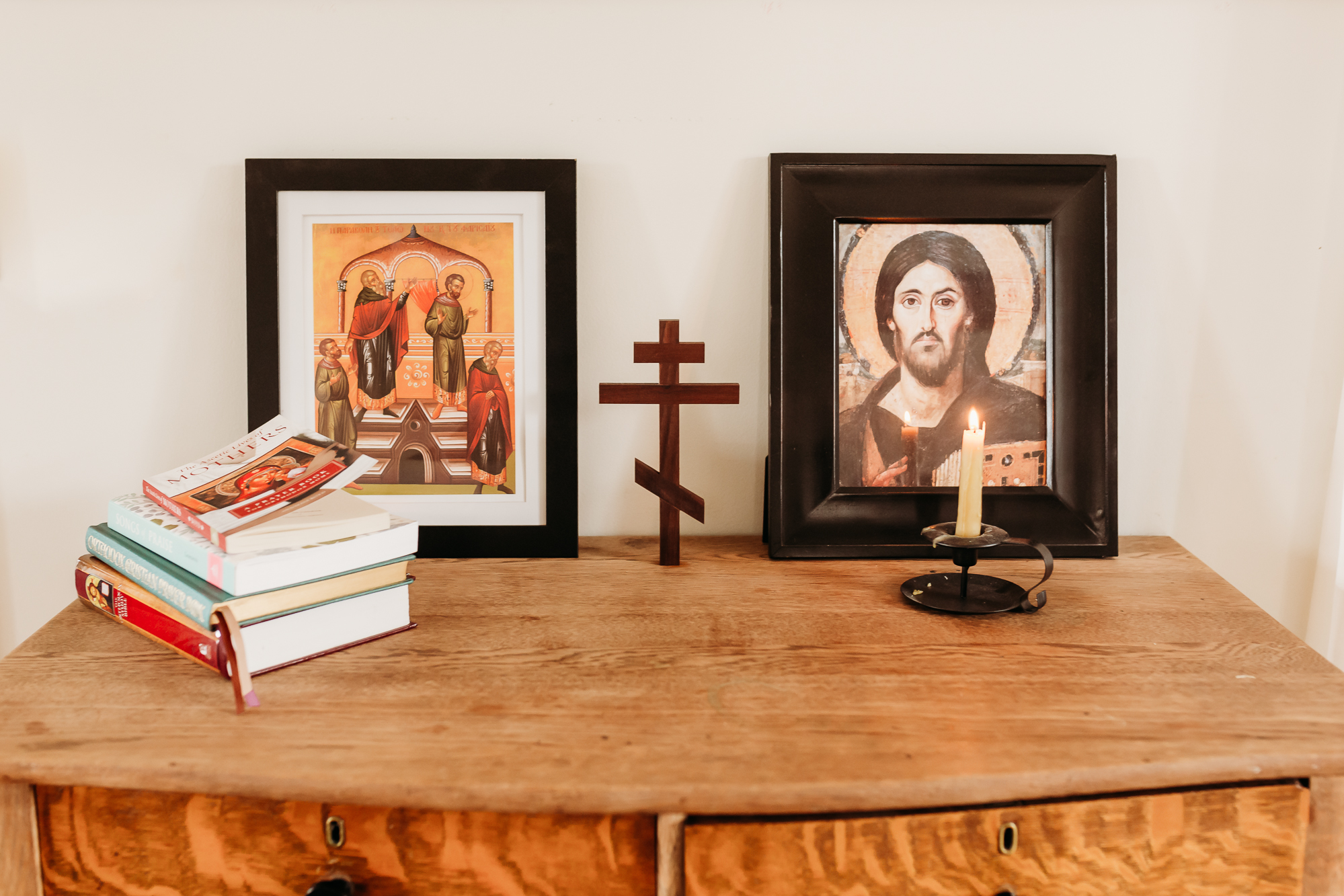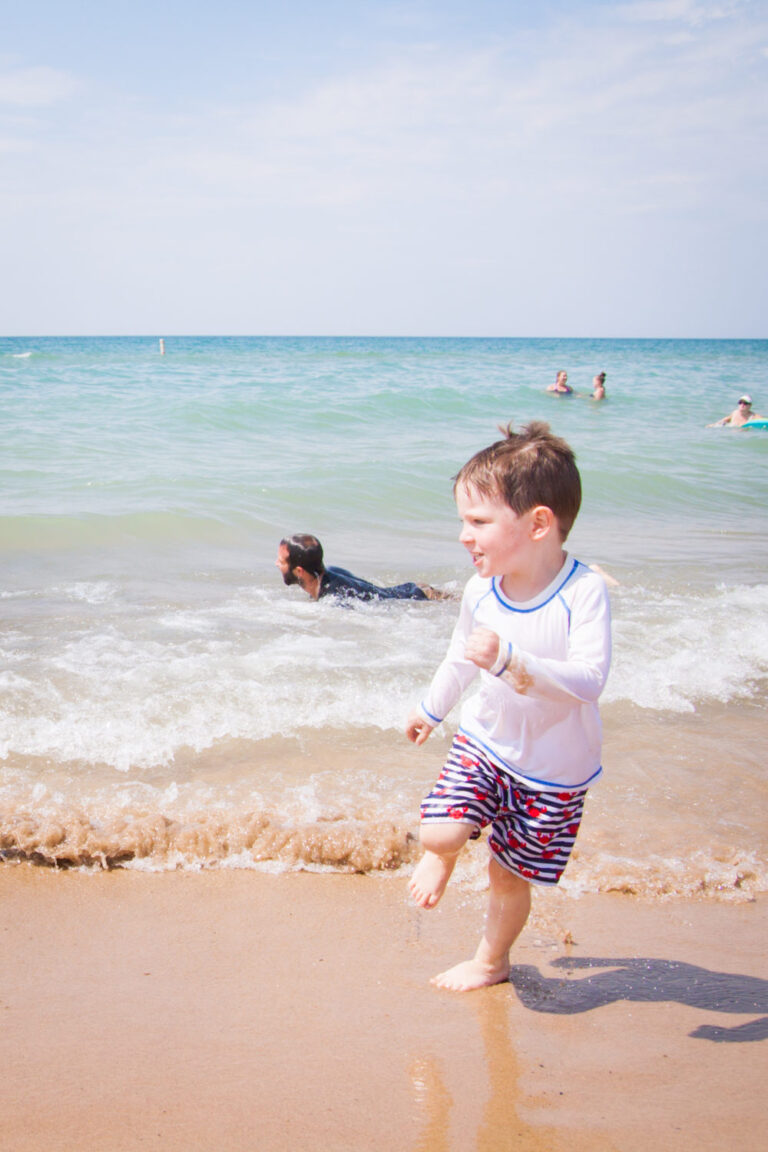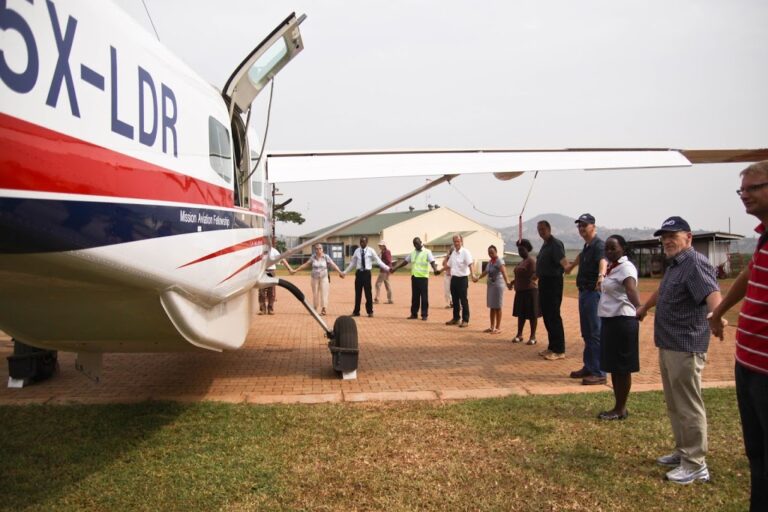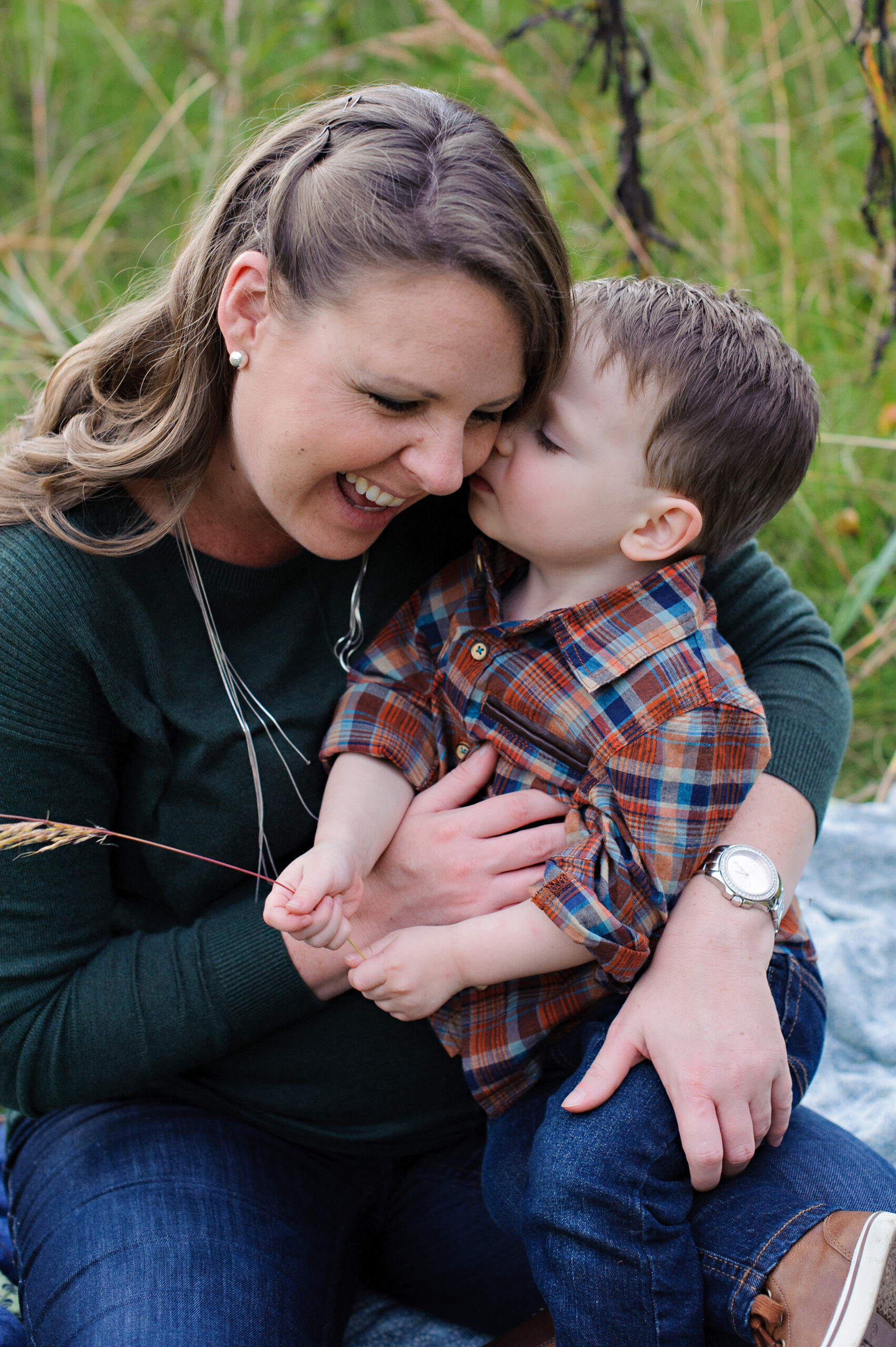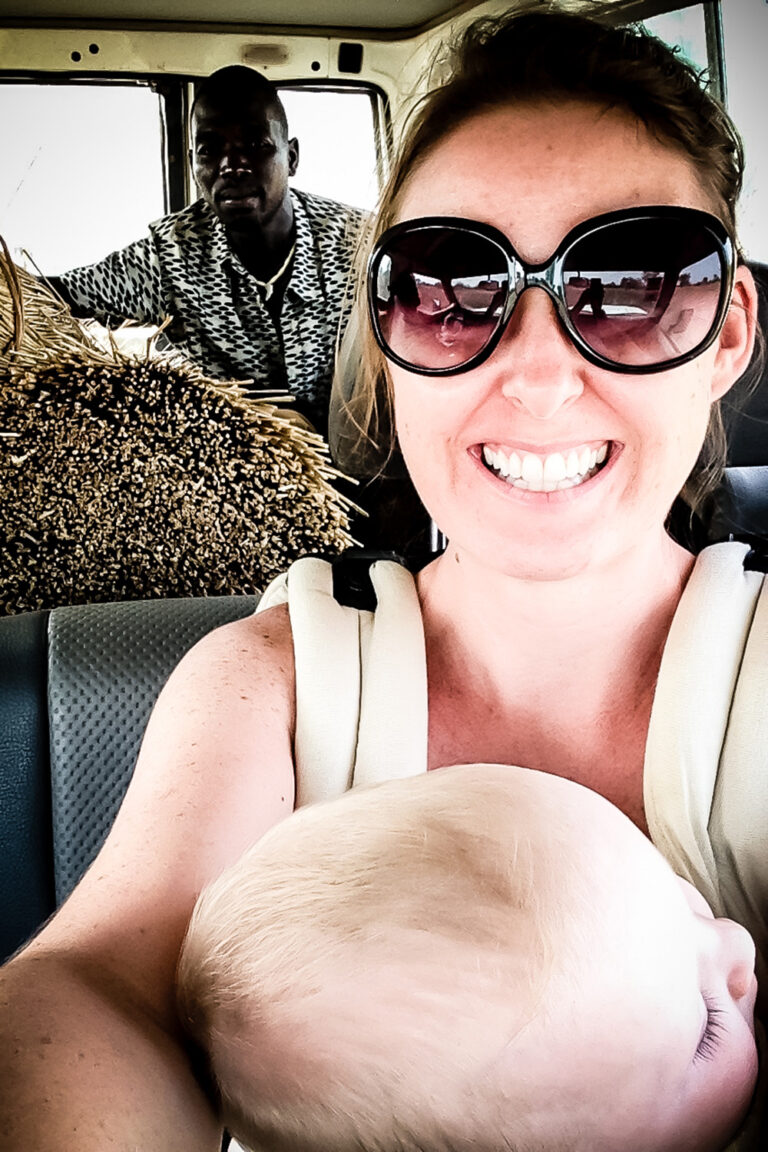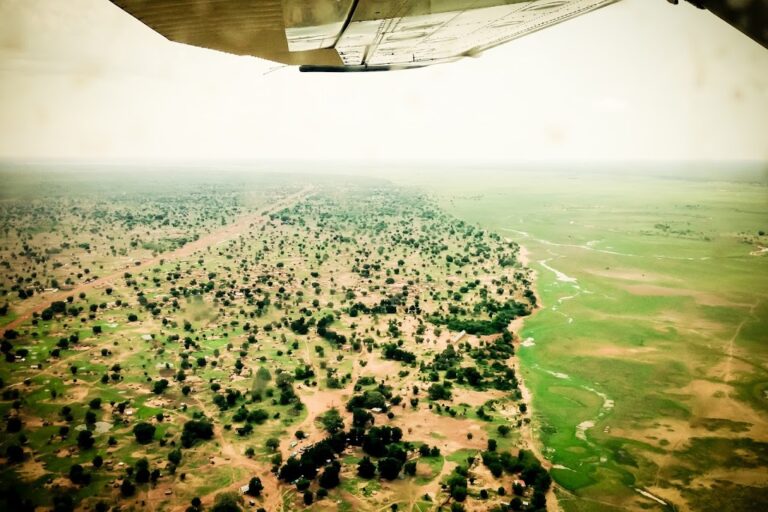We didn’t know it at the time, but our journey to Eastern Orthodoxy really began nearly 9 years ago – in 2015 – when we returned to the States after two years of living on the mission field in South Sudan. We’d gone with the primary goal of starting a church planting movement and ended up in radio ministry, which we absolutely loved. But those two years of full-time ministry in such a difficult place radically changed us (see Ruined for Life and We Need Grace).
When we returned to the States, we limped back into our Baptist church, wounded and broken from the traumas we’d experienced and the stress we’d lived under in such a remote bush village. We firmly believed that God desired our healing, though, and we’d hoped to find it within the fold of the church.
What we found instead was such severe reverse culture shock and disillusionment that we actually ended up leaving our home church for a time. Every time we entered a church building, we felt wooden and disjointed. Church services usually left us in tears, because what everyone called “worship” felt more like a consumer product, and we just felt so incredibly out of place. It was difficult for us to feel near to Christ in the midst of the concert-style services, the giant projector screens, and the “everything’s fine” attitude of the church-goers.
It didn’t help that so much in our lives after returning to the States felt so precarious on top of trying to process everything we’d been through. Blaise’s work situation post-mission field was very tenuous, our financial burden was huge, and my parents were going through a divorce. We were just such a hot mess and church didn’t feel like a place we were allowed to be a mess. We were, thankfully, much more comfortable in our small group (and honestly, looking back on it, I think our church small group was the only thing that kept us hanging on).
By the grace of God, we never lost faith in Jesus. We never doubted the necessity of church, either. Quite the opposite. We longed to meet with God there, but for us, it felt like the one place in our lives where He was furthest away. (And to be clear, that was us and where we were in that season of life – not a condemnation or criticism of our church.)
It was just a really hard season for us, because every time we sat in our climate-controlled church in America, we deeply longed for our gritty church under a tree in South Sudan, where we sat swatting away flies and sweating as we belted out hymns with just our voices. We longed for the deep, close-knit community within which we lived and worked, where there was this raw hunger for and dependence on Christ (because what other choice did we have?!).
Everything in America – including church – just felt too neat and tidy.
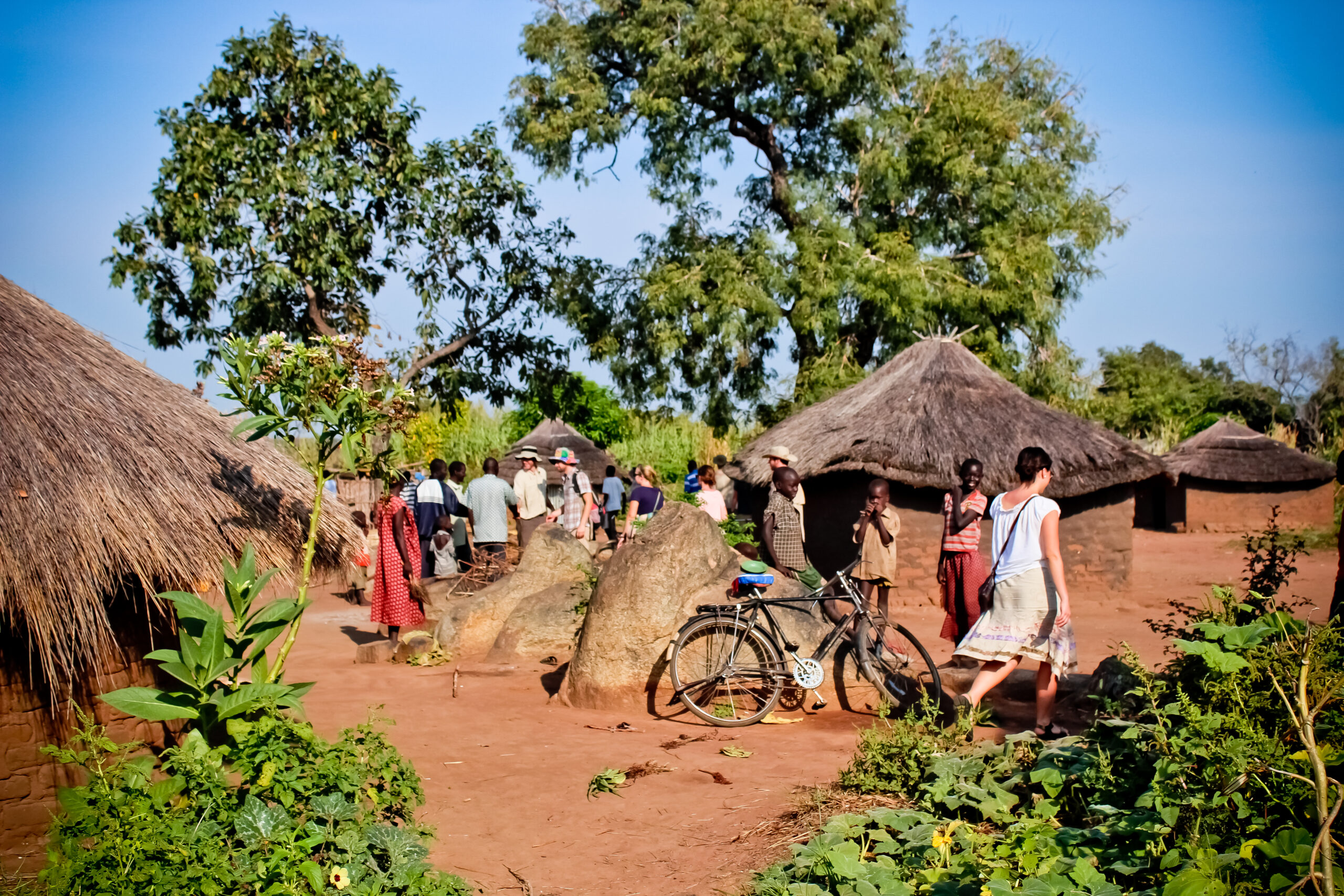
THE STRUGGLE CONTINUES
Fast-forward a few years.
After a lot of time, some counseling, and amazing support from some very patient, faithful friends, our initial shock wore off and we’d mostly settled back in to life in America. By 2018, we’d plugged back into our home church, were part of a wonderful small group, and were finally growing spiritually again. But truthfully, although we loved our people at church, a lot of our church struggles never actually went away. We just assumed it was something we’d have to live with, because what other option did we have?
We’d gotten over the superficial struggles by that point – the worship style, the projector screens, the air conditioning. 😉 But privately, Blaise and I had begun wrestling with and questioning some of the doctrines we’d always been taught. One of the things I loved so much about our small group at the time was the way we really dug deep into doctrine and theology. We discussed the differences between 5-point Calvinism and Arminianism, the role of the Holy Spirit in believers’ lives today, and the “ordinary means of grace.”
Those discussions really helped us hammer out the finer points of our faith. They also set in motion private discussions, debates, doubts, and questions that wouldn’t be answered until we found ourselves in the Orthodox Church.
By the time we moved to our new house a few years ago (2021), we were genuinely sad to leave our home church and especially our small group. Initially, we were pleasantly surprised to find a small, thriving country church in our new town. But then a series of changes and upheavals last year (2023) left us ecclesiastically unmoored once again.
For a while, we were honestly so burned out that some of our conversations last spring included things like, “No one’s forcing us to go to church. We don’t have to do this anymore.”
Yikes.
We didn’t even want to go about the process of starting all over at a new church. Just the thought of it was exhausting and discouraging. But we also genuinely believed then (and still do) that church is important and that it’s worth the struggle to find a place to belong.
So we returned to the church of our youth – the church Blaise spent his entire childhood in, the church we were discipled in throughout high school, the church that baptized us both, the church that married us. There was a lot of joy in reuniting with people who had loved us so well in the past, who had walked with our family through some dark seasons, and who had supported our journey to East Africa and back. While much about the church had changed in the years we’d been gone, it still felt familiar – like a homecoming of sorts.
And perhaps the comfort and familiarity of it is actually what provided a lot of clarity for us.
Here was this church where we had roots and a history, where we knew and trusted the leadership, where we worshipped alongside our former teachers and youth ministers. This was a church where we knew we could belong.
And yet.
TRUTH, BEAUTY, & GOODNESS
Yet we still felt such a tremendous longing for something…historically deeper and richer, with a fuller sense of beauty and reverence. We were yearning for tradition and history, ritual and liturgy. At that point, though, we were still unable to fully articulate what it was that we were searching for because we just didn’t quite have the vocabulary for it yet.
But we realized that regardless of how much we may love the people and leadership in a church, our struggles with church went much deeper than the worship style or size of the church.
We started asking questions we’d never really asked before – they were just doctrines we’d always taken for granted.
What part does baptism play in our salvation? How can we be so sure that Communion is merely symbolic? What does it mean to truly worship?
Around that same time, I was working really hard to bring truth, beauty, and goodness into our home and homeschool in some new ways. While we’d never been part of a high-church tradition, I loved the way they follow the liturgical calendar. It just felt like such a natural way to make our faith feel more alive at home, so I set about incorporating some liturgical elements and ancient Christian art into our home (including some “art” that I now know to be Orthodox icons).
In addition to our normal prayer times, hymns, and Scripture readings, we started reading Church history and commemorating different events in Christ’s life and ministry according the Church calendar. I loved that it kept us more connected to Scripture and so focused on Christ.
The trouble was, the more we made that a part of our home life, the more I wanted it to be a part of our church life, too.
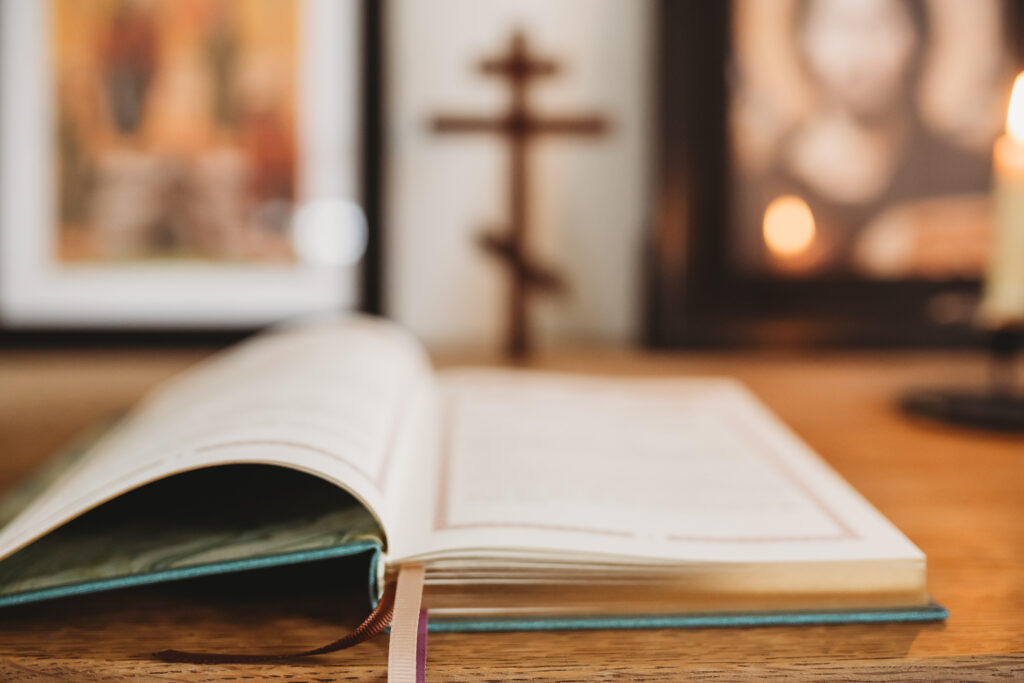
OUT OF PROTESTANTISM & INTO EASTERN ORTHODOXY
As we continued wrestling with various doctrines and the Church in general (not our local church, but the capital “C” Church) the final straw for us were the questions, “What would the Apostles think if they walked into one of our modern day churches? Would they even recognize it as Church? Does the ancient Church even still exist today?”
We began to study Church history in earnest and even started to dip our toes into the early Church fathers’ writings. From there, it didn’t take us long to discover Eastern Orthodoxy and this ancient faith tradition that we’d never really even heard of. It seemed to offer all of the things we’d been longing for: liturgical worship, tradition and history, reverence and beauty. It also answered some of the harder doctrinal questions we’d been wrestling with. But we were also scared out of our minds, because even though there were a lot of things that initially interested us, there were also some things that felt like huge red flags for us.
Then the book, For the Life of the World, really changed everything for us. Here was this beautiful explanation of Church and worship in a way we’d never experienced it before. This portrait of what it means to live a sacramental life. The absolute merging of the “sacred” and the “secular.”
In short, life to the full.
We attended our first Divine Liturgy in November, and within a few weeks – despite all of our questions and hesitations – we knew that we’d likely never go back to Protestantism. Not only had we found the rich beauty, history, and tradition we had been longing for, but we found a fullness of faith, a theological simplicity, and a deep community that has been like finding streams in a desert for our weary souls.
In February of this year (2024), we were made catechumens in the Orthodox Church, and while our journey into Orthodoxy is still very much at the beginning, it has truly felt like coming home.
I have come home at last! This is my real country! I belong here. This is the land I have been looking for all my life, though I never knew it till now…Come further up, come further in!”
C.S. Lewis
